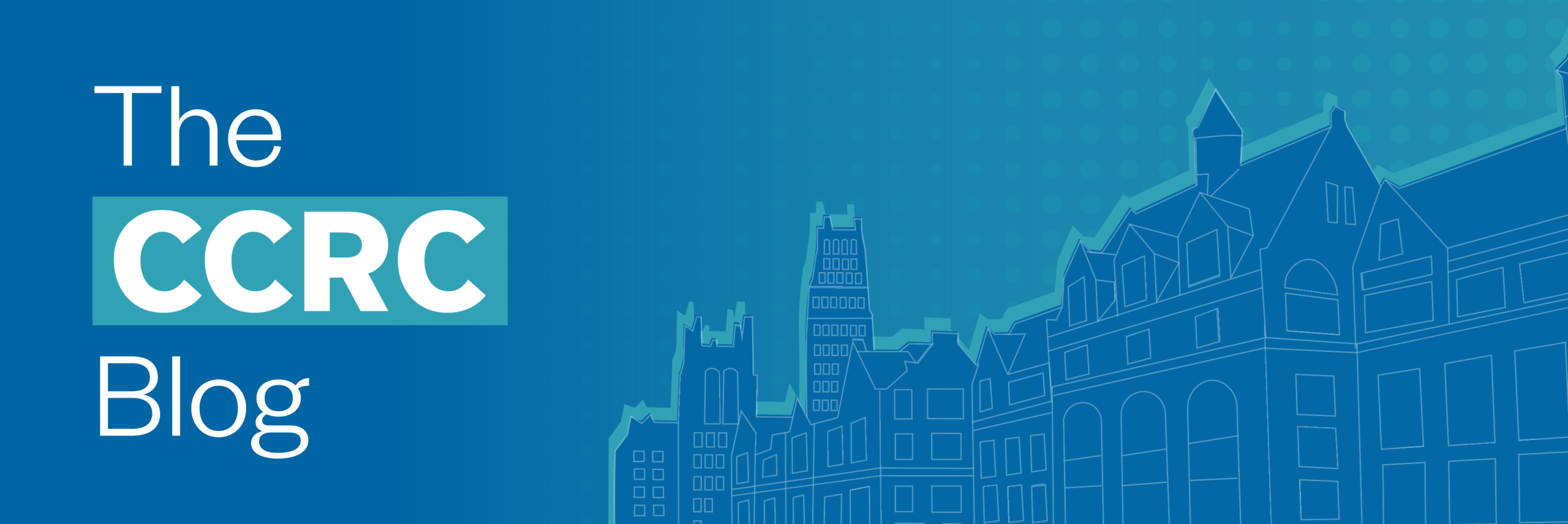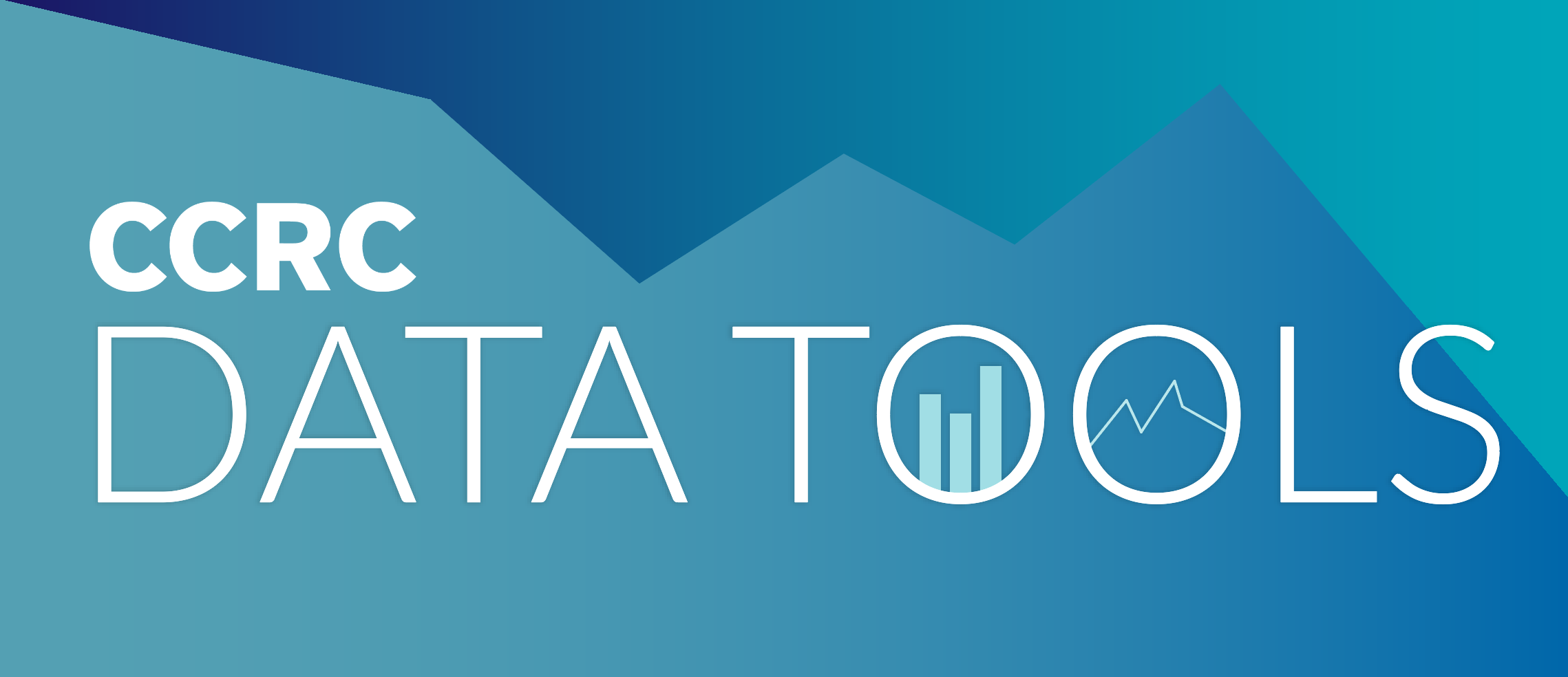Thousands of students enroll in an English immersion program in nine colleges in the City University of New York system each year. The intensive, pre-matriculation CUNY English Language Immersion Program (CLIP) is for students who have been accepted into CUNY colleges and need to improve their English language skills. David Housel, director of CLIP at LaGuardia Community College, said in an email interview that the program’s main goal is to support English learners to enhance their academic English reading, writing, and critical thinking skills and to see them go on to earn an associate or bachelor’s degree.
However, participants in CLIP must dedicate 25 hours a week to the program for up to a year, which can be too big a burden for some students due to other obligations in their personal lives. Though the program is heavily subsidized by CUNY, cost can also be a factor in whether students enroll. CLIP is not covered by financial aid, and the price ranges from $75 for a 6-week term to $145 for a 12-week term. Olga Rodriguez, a higher education researcher at the Public Policy Institute of California who has researched English language immersion programs, said that one key motivation behind intensive pre-college programs like CLIP is to help students save their financial aid and use their resources wisely so they can complete a degree. Before CLIP was rolled out in 1996, many students at CUNY used up their financial aid before earning a degree, Housel said.
While participating in CLIP is voluntary, some two-year institutions redirect multilingual learners with lower placement test scores to the program. For students seeking degrees, another option is to enroll directly in a CUNY degree program and improve their English in traditional English as a second language (ESL) courses. But with little research comparing English immersion programs to ESL courses, it’s not clear how students and academic advisors should decide which are best for students’ long-term success.
Academic ESL courses offered in college provide a curriculum for improving language skills that is sometimes similar to immersion programs, but they are covered by financial aid. Community college students might enroll in college ESL classes rather than CLIP for two main reasons: time flexibility and financial aid coverage. Students in higher levels of ESL at some CUNY colleges can also take other academic courses, potentially shortening their time to a degree. Students who enroll in an associate degree or certificate program take a placement test to determine their English proficiency. Though the programs work differently at different CUNY colleges, at LaGuardia, students with the lowest language proficiency are redirected to CLIP, Housel said. After they complete CLIP, some students take ESL while others come out of CLIP prepared with the skills needed to succeed in college English courses. Housel said that most students in the LaGuardia program still need ESL support post-matriculation.
“Acquiring a new language at an academic level can be slow and feel arduous,” Housel said. “Patience, perseverance, dedication, focus, and hard work are typically the qualities that lead to student success.”
Rodriguez, who researched English language immersion and traditional ESL programs for her doctoral dissertation in 2013, found that the program students participate in does not have a major differential impact on their subsequent performance in college-level English courses. Both pathways have similar success rates. But with few other studies comparing immersion English programs to academic ESL, there’s more to learn about what is most effective for which students.
In addition to needing more research on outcomes, another question for researchers is the difference in the curriculum between language immersion programs and ESL courses. CLIP courses teach English in the context of general education topics like history, science, and literature. At LaGuardia, CLIP students study language and culture, Housel said, and the program also “helps students explore connecting college majors to career trajectories, applying for financial aid and scholarships, and preparing them for the intensity, autonomy, and advocacy needed to be successful in the United States, academically and otherwise.”
Depending on the college, traditional ESL courses are housed in an academic literacy, language, or other department, and they focus on reading and writing English. Students can be required to take several levels before enrolling in college-level English courses. Borough of Manhattan Community College, for instance, has three levels of ESL courses, and it offers corequisite credit courses in critical thinking or linguistics alongside the highest-level ESL course.
ESL course curriculum varies across colleges and levels. Lower-level courses might focus on reading, writing, and grammar. Higher-level courses might teach English in the context of contemporary issues, literature, and other topics. If students don’t pass, they may repeat the course.
Given the limited evidence on the comparative benefits of the programs, the choice of which one to participate in depends on how well the program fits each student’s needs. Since each program has a unique design and caters to different types of learners, students should think about which one would best serve their financial situation and other life circumstances as well as their learning style, educational goals, and college experience.





